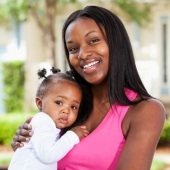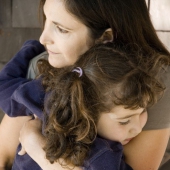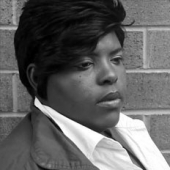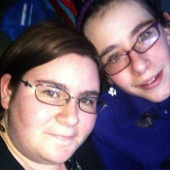Domestic Violence in Philadelphia
Domestic violence is a debilitating public health epidemic in Philadelphia, where:
- the Philadelphia Police respond to more than 100,000 9-1-1 calls each year that are domestic in nature.
- More than 12,000 petitions for Protection From Abuse Orders were sought in Philadelphia Family Court in 2021 (this includes 7,294 new petitions, as well as 4,737 pending ones that carried over from 2020).
- Philadelphia Domestic Violence Hotline counselors were forced to turn away 1,177 requests for shelter in Fiscal Year 2022, in part because our two 100-bed emergency safe havens - which provide the only shelter beds for survivors of domestic violence in Philadelphia - were already full.
- 43 people were killed by domestic violence in Philadelphia in 2021 - a more than doubling of domestic violence murders from the year before, and the largest number known to date.
The rippling effects of domestic violence impact us all, with devastating consequences for families, neighborhoods, workplaces, and entire communities.
Domestic violence intersects with poverty, homelessness and job instability that significantly limits survivors' abilities to escape abuse.
In Philadelphia, lack of affordable housing, widespread poverty and high rates of community violence result in insurmountable obstacles for adults seeking long-term and sustainable safe living situations. Individuals experiencing domestic violence are also more likely to experience under- or unemployment due to the cycle of power and control implicated in domestic violence dynamics.
- Employment and Domestic Violence: The impact of domestic violence, which may include physical, emotional and financial abuse, significantly limits a victim’s potential earning power. In one study assessing barriers to employment resulting from domestic violence, 85% of victims reported that their abuser kept them from sleeping; one-third reported that their abuser withheld transportation at the last minute; and one-third were beaten to the point that they could not work.
- Poverty and Domestic Violence: Although domestic violence impacts individuals from all backgrounds, the need for domestic violence services in Philadelphia, the poorest major city in the country, is particularly pronounced. Poverty disproportionately impacts minorities, single mothers and children — compared with a citywide poverty rate of 27%, 31% of African Americans, 41% of Hispanics, half of single mothers, and one in three children live in poverty. Abused individuals in poverty experience the greatest difficulty in gathering the resources to seek safety.
- Housing and Domestic Violence: With limited financial resources, victims are forced to navigate difficult choices, particularly if they have children. Often, the only alternative to abuse is homelessness. On an average night, 250 homeless individuals in Philadelphia self-report as victims of domestic violence.
- Trauma and Domestic Violence: Due to fear, isolation and stigma, victims may only come into contact with city systems and domestic violence service providers once violence has reached a crisis point — when interventions are costliest and least effective. Early intervention and prevention, in addition to emergency measures, make up a critical component of the continuum of services that Women Against Abuse offers.
Due to fear, isolation and stigma, victims may only come into contact with city systems and domestic violence service providers once violence has reached a crisis point—when interventions are costliest and least effective. Early intervention and prevention, in addition to emergency measures, make up a critical component of the continuum of services that Women Against Abuse offers.










